Research & Publications
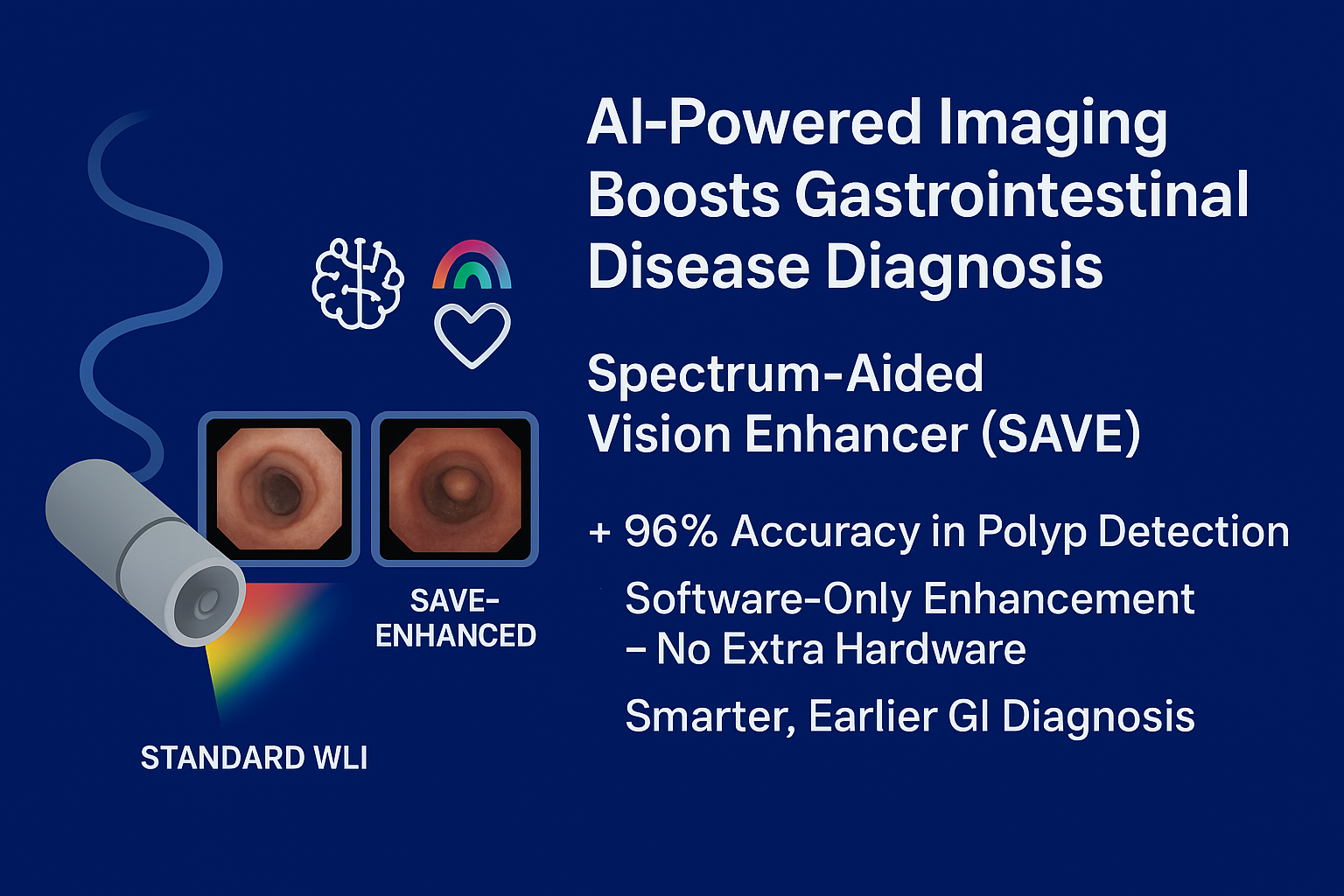
Emulating Hyperspectral and Narrow-Band Imaging for Deep-Learning-Driven Gastrointestinal Disorder Detection in Wireless Capsule Endoscopy
The study introduces the Spectrum-Aided Vision Enhancer (SAVE), a software-only method that converts standard endoscopy images into hyperspectral and narrow-band–like formats. SAVE, combined with deep learning, improved GI disorder detection—achieving up to 96% accuracy in polyp classification—offering a low-cost, non-invasive boost to early diagnosis.
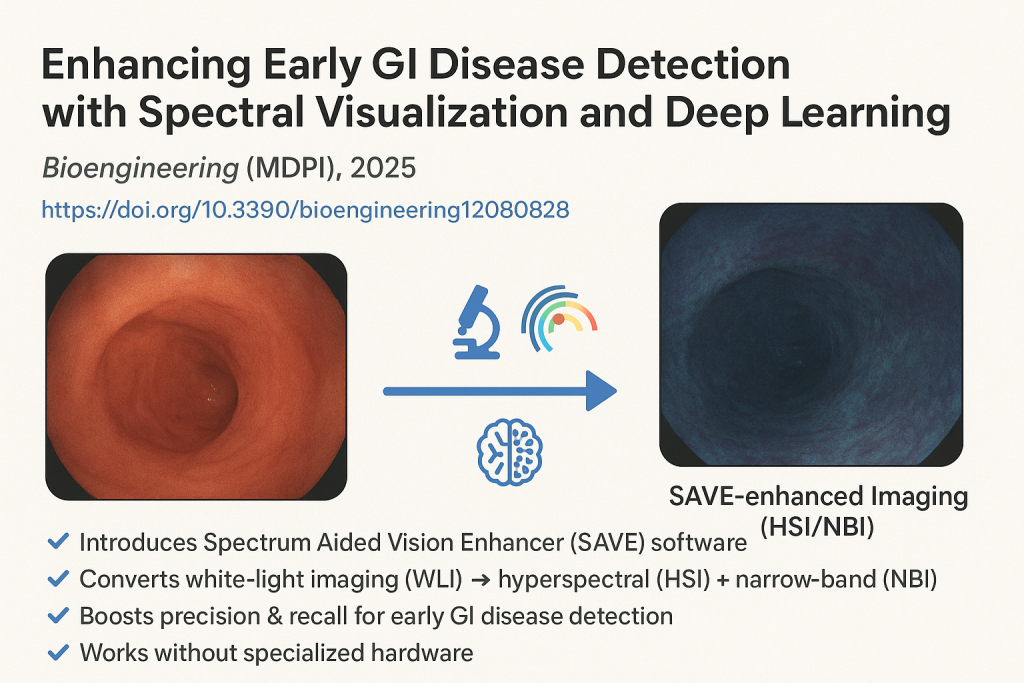
Enhancing Early GI Disease Detection with Spectral Visualization and Deep Learning
This study introduces Spectrum Aided Vision Enhancer (SAVE), a software framework that transforms standard endoscopy into hyperspectral and narrow-band imaging, significantly boosting early GI disease detection without specialized hardware.
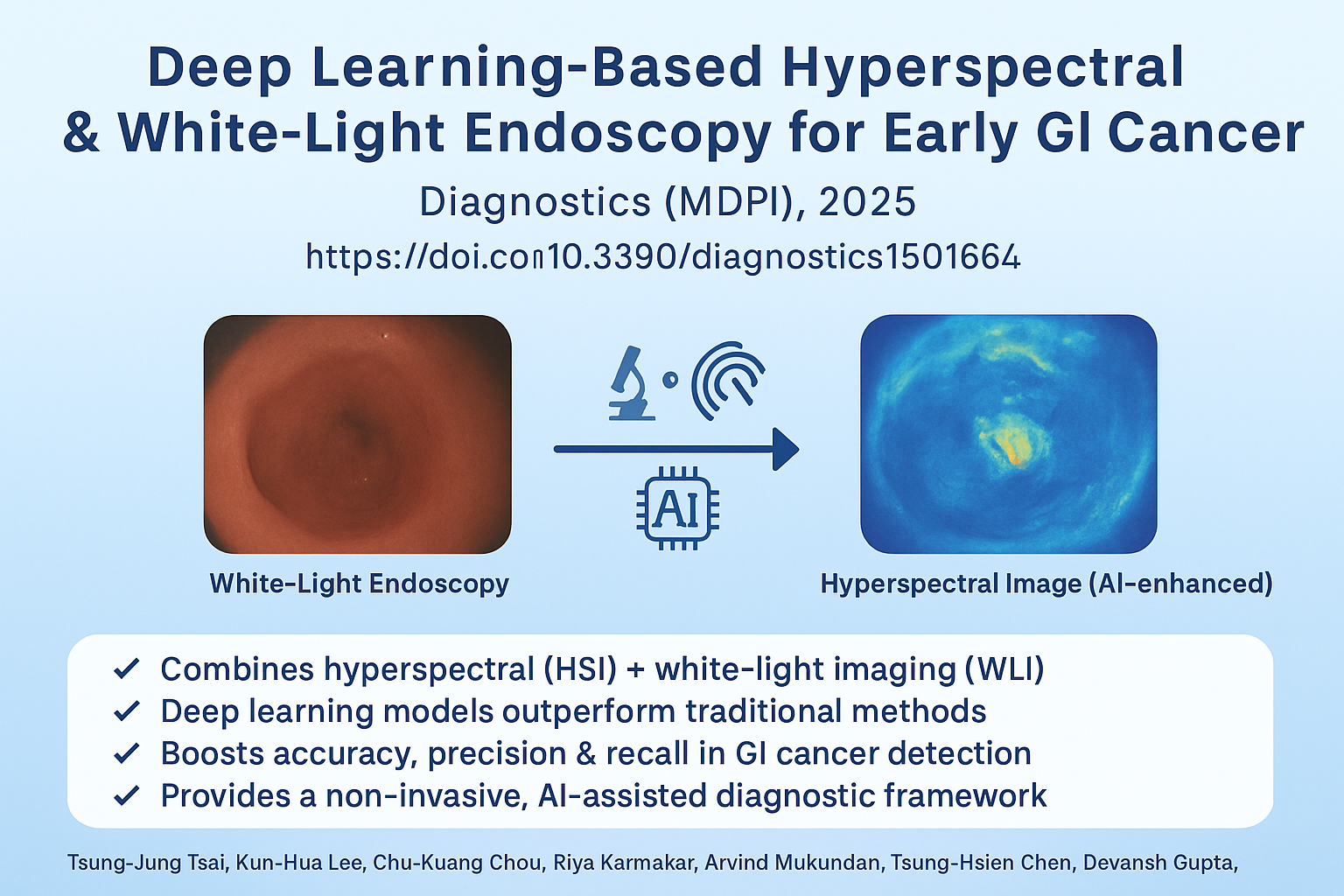
Deep Learning-Based Hyperspectral and White-Light Endoscopy Image Analysis for Early GI Cancer Detection
This study leverages deep learning models on both hyperspectral and white-light endoscopy images to improve the early detection of gastrointestinal cancers. Results demonstrate that combining hyperspectral imaging with neural networks significantly enhances classification accuracy compared to conventional imaging alone.
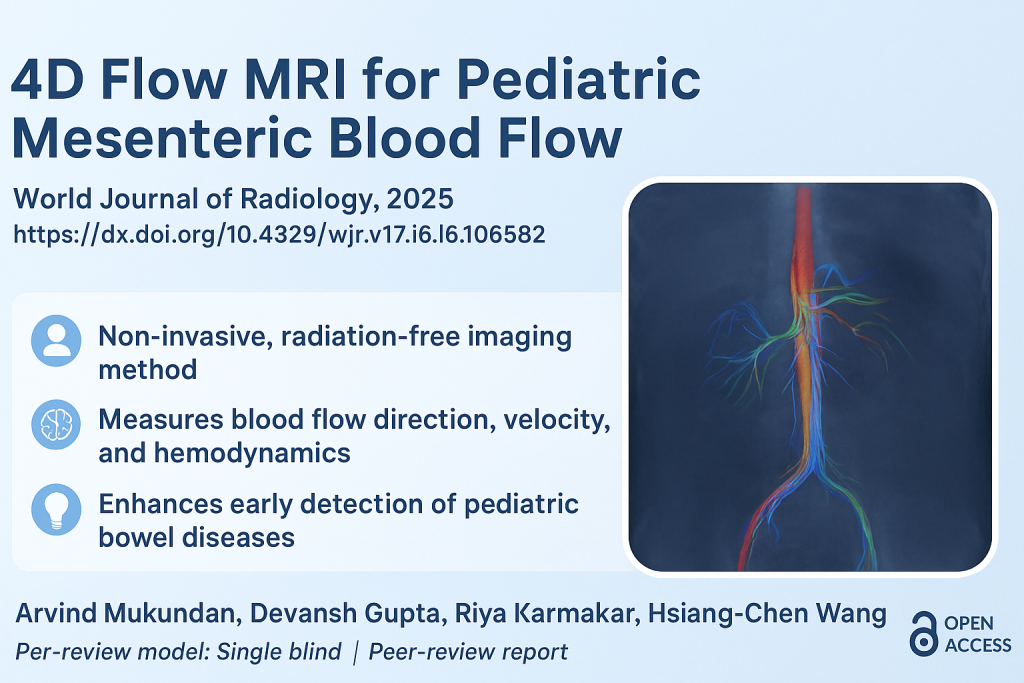
Transforming pediatric imaging: The role of four-dimensional flow magnetic resonance imaging in quantifying mesenteric blood flow
This study highlights the use of 4D flow MRI for measuring mesenteric blood flow in children. Unlike CT or Doppler ultrasound, it provides radiation-free, dynamic, time-resolved flow measurements of the superior mesenteric artery (SMA) and vein (SMV), improving safety and diagnostic accuracy in pediatric gastrointestinal disorders.
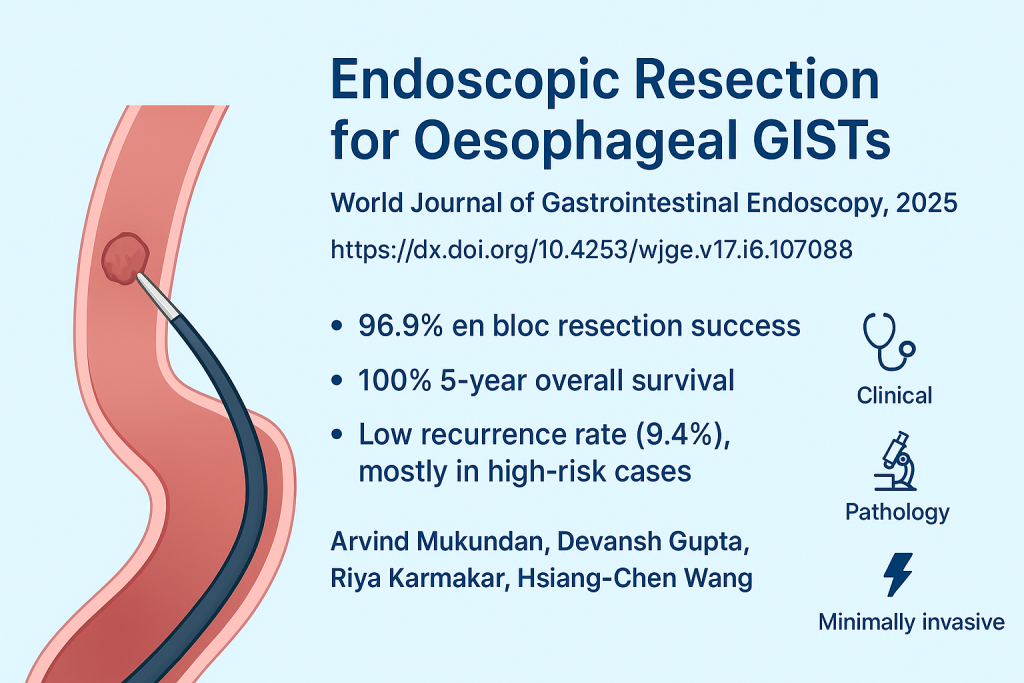
Endoscopic resection: A novel approach for treating oesophageal gastrointestinal stromal tumours
This study highlights endoscopic resection (ER) as a minimally invasive, safe, and effective alternative to surgery for treating oesophageal gastrointestinal stromal tumours (GISTs). With a high en bloc resection success rate and excellent survival outcomes, ER is recommended especially for smaller and low-risk oesophageal GISTs.
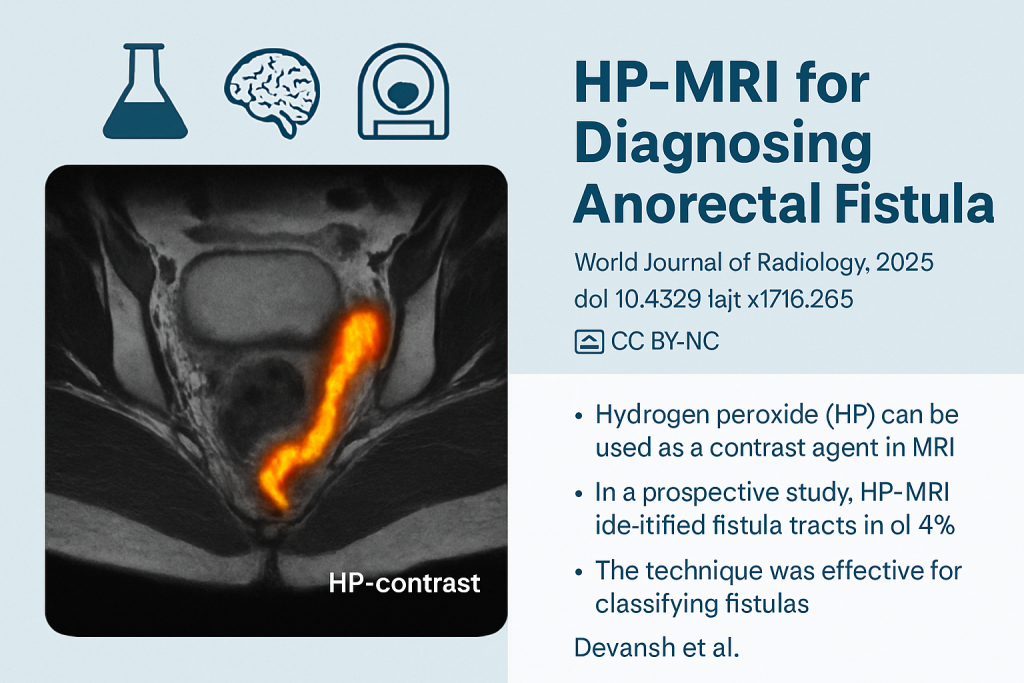
Hydrogen peroxide-enhanced magnetic resonance imaging: A novel approach for diagnosing anorectal-fistula
This editorial explores the use of hydrogen peroxide-enhanced MRI (HP-MRI) for diagnosing anorectal fistulas, particularly complex or recurrent cases. HP-MRI demonstrates high diagnostic accuracy and provides surgeons with clearer tract visualization, leading to better surgical planning and reduced recurrence rates.
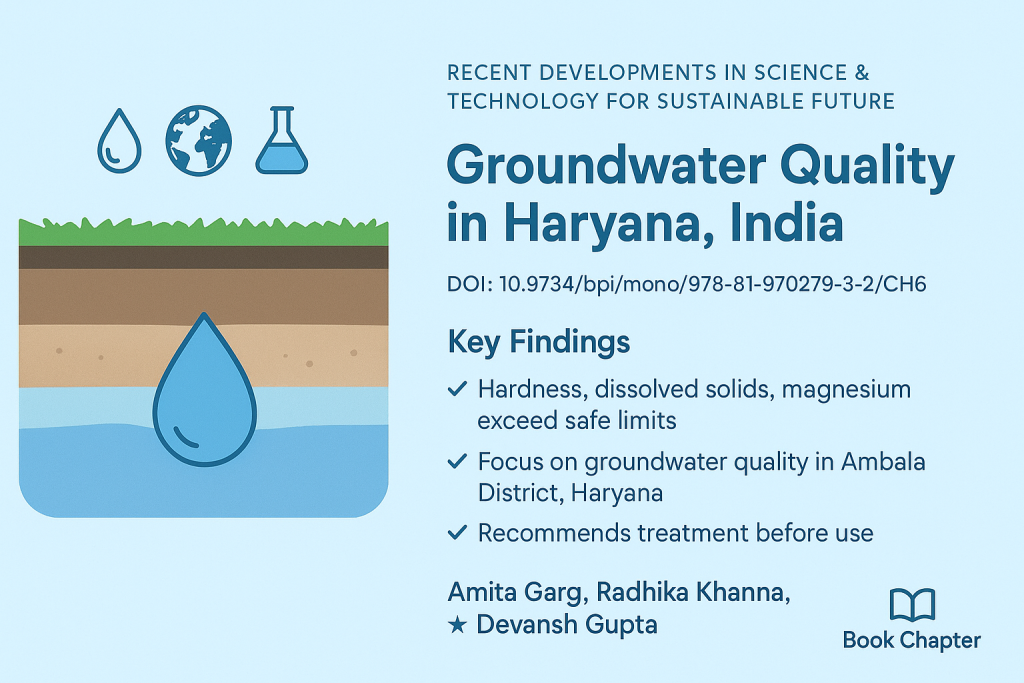
Assessment of Physicochemical Quality of Groundwater in Haryana, India
This book chapter analyzes the physicochemical properties of groundwater in Ambala District, Haryana, including hardness, calcium, magnesium, alkalinity, carbonate, and dissolved oxygen. Results show that total hardness, dissolved solids, and magnesium exceed recommended safe limits, stressing the need for water treatment before human consumption.
Questions & Answers
What services do you offer?
Devansh Gupta, specialize in Web Development, Machine Learning, and creating customized software solutions. From building modern websites to working on AI-driven projects, my services are designed to deliver results for businesses and individuals. You can explore my detailed work in the Projects section.
How do you approach a new project
Every project begins with understanding your requirements and goals. I focus on creating a clear plan, whether it’s a Web Developemt solution or a Machine Learning model. I then design, develop, and test thoroughly to ensure high-quality results. Learn more about my process and background in the About Me section.
What is your project timeline?
The timeline depends on the complexity of the work. For small web development projects, it usually takes 2–3 weeks, while Machine Learning projects or research-based work may require more time. For recent examples and delivery speed, check out the Projects page.
How much do your services cost?
The cost varies depending on the scope of the project. Simple web development tasks are budget-friendly, while advanced Machine Learning solutions may require more resources. I always provide a transparent estimate after discussing requirements. To get a tailored quote, feel free to reach out through my Contact page.
What platforms do you work with?
I work with multiple platforms and technologies, including Python, TensorFlow, PyTorch for ML projects, and WordPress, React, and Node.js for Website Development projects. You can view examples of these on the Projects section of my portfolio.
